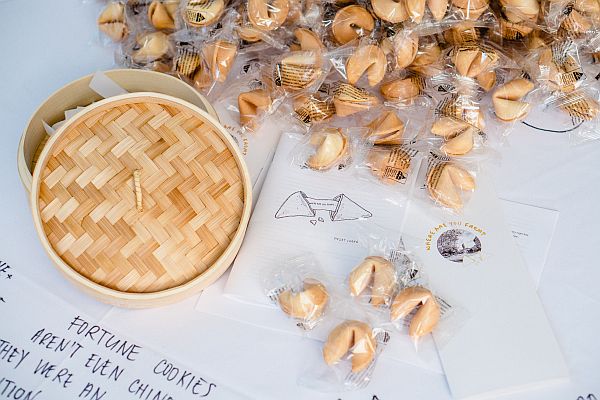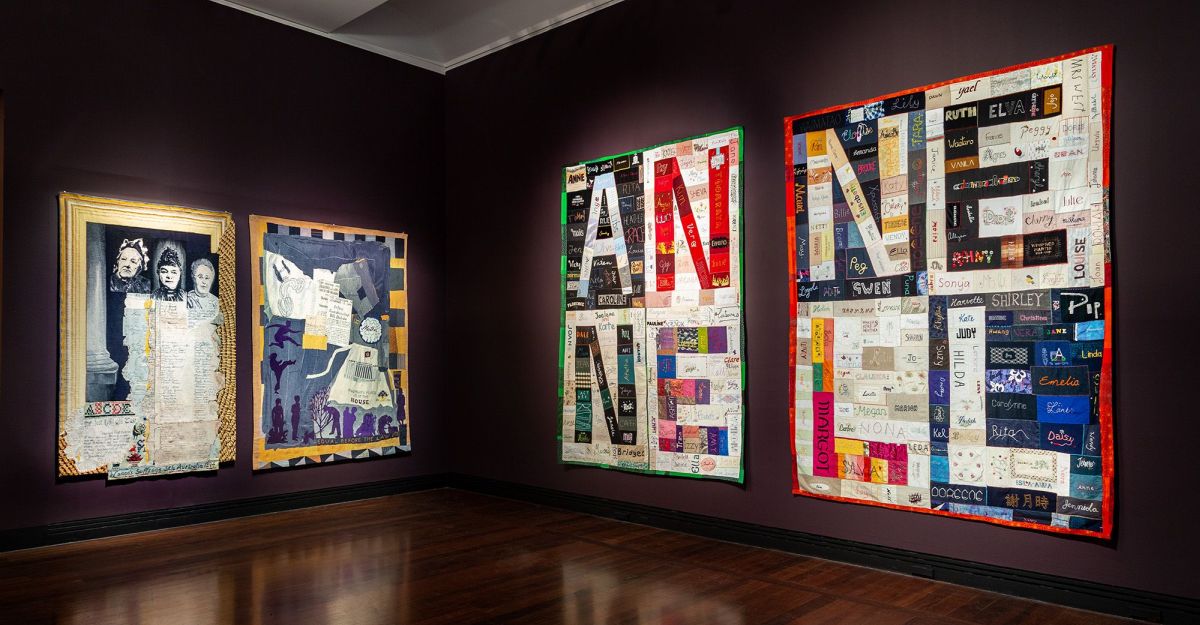Earlier this year, I attended a facilitated public discussion about GoMA’s 9th Asia Pacific Triennial, an exhibition featuring art from Asia, the Pacific and Australia. During the discussion, a white participant critiqued some pieces about colonisation as “weak” for not being enough to unsettle or challenge white audiences. This then raised the question of whether the purpose or value of art is in its ability to educate and disrupt audiences who benefit from the systems the work is critiquing.
I took issue with this question because it is premised on whiteness being the reference point of critique for the work of People of Colour. I took issue with the constant centring of whiteness even by people who consider themselves anti-racist. The work of PoC – produced by experiences of racialisation and violence – isn’t merely a digestible and creative resource for white audiences to consume. Our bodies and experiences don’t exist to educate white people, and to place that requirement on the art we produce before deciding whether our work is “enough” isn’t fair. It isn’t fair because our work shouldn’t be measured by the extent it is able to be read by white audiences.
In my experiences of art-making, the main purpose has never been to educate white audiences about what it’s like to experience the brunt of whiteness, colonisation and the violence produced by these systems. I have found that a more meaningful approach is to expose white audiences to works that centre marginalised experiences and communicate solidarity between PoC. I put particular emphasis on this through one of my projects, which explicitly shares and contextualises the interactions of PoC with the violence of whiteness.
Where are you from? is a recurring interactive art installation featuring fortune cookies whose messages relate to microaggressions experienced by East Asians in Australia. It is an ongoing project which has transitioned into different forms and spaces. The installation invites audiences to break fortune cookies and exchange experiences of both othering and being othered. Taking part in the project helps to think about how racialised identities take form in particular places at particular times, and are actively maintained for the benefit of some and not others.
It took a while to get Where are you from? on its feet because of the barriers to participation in the art spaces in Brisbane that often centre whiteness and simultaneously make it invisible. I wasn’t able to fulfil explicit or implicit requirements of the artist-run initiatives I applied to – including having an arts degree, using arts terminology/language, and the cultivation of networks that are often necessary to have opportunities in the arts. These requirements – especially having an arts degree – are out-of-reach for many migrant children. They are out of reach for those of us whose parents lived through the violence of extreme poverty and corrupt governments – which ironically made our labour forces more ‘competitive’ – pushing us into pursuing degrees that provide (economic) “stability” and protection from the violence our parents experienced. The barriers for me and my art to be seen in these spaces weren’t recognised as barriers to the mostly white curators I dealt with and other artists. However, they made entry into these art institutions unachievable for me.
After one year, I was able to install Where are you from? for the first time in the laundry of an old Queenslander as part of a monthly music and arts night. It then filled a local comic book store, where it was accompanied by poetry performances. A few months later, it reappeared in a pop-up show featuring BlPoC artists. Now, it is taking form as a 3-day public space activation. Over the past two years, the project has undergone many changes, but the purpose has remained the same – which is how it has remained alive.
If the main purpose of my work was to educate white people, I would have seen it as a failure after being rejected twice by white art institutions. I would have seen it as a failure after the predominantly white attendees of the music and arts night drew penises and wrote jokes on my work.
The purpose of my work is not to educate white people about race in Australia – even though it may be one of its outcomes, by virtue of creating space in which white participants experience, sometimes for the first time, whiteness as both visible and uncomfortable. My project has always been about creating moments of solidarity with PoC. It is about presenting microaggressions in a way that helped people who share these experiences to name them as a form of violence.
After the installations at the comic store and pop-up exhibition, I spoke to PoC who told me about experiences where people have touched their hair or asked where their parents come from. The sentiments were similar: they felt uncomfortable but couldn’t explain why, and when they told those stories to their white friends, were met with defensive responses such as “you’re being too sensitive” and “they were just curious.” Several PoC also contacted me afterwards and talked about how my work had the effect of “putting it all into words.” It is in these moments we realise this violence doesn’t occur in isolation, that it isn’t a result of our personal failings but rather a painful and real experience even when invisible or insignificant to other people.
When we refuse to centre whiteness in our understanding of the value of art, then projects or pieces about building networks of solidarity and moments of recognition, and perhaps even joy, can be created – projects and pieces that don’t rely on whiteness or white people as the mediators between our art and the experience of it. By refusing to centre whiteness in the evaluation of this and other projects by PoC, we can open up a small space where white people are not assumed to be the main audience or beneficiaries, so that less inhibited conversations about racial violence can happen.
We are the ones who are asked “where are you from?” and so to me – while the project creates an environment for solidarity, exchange and, as a result, learning – it is our responses that the project will always be all about, and in this way provide space that is not mediated by whiteness for cultural expression and valuable art.
Where Are You From? was presented as a part of InSite: Brisbane City Council’s Temporary Art Program 2019, produced by Metro Arts and people+artist+place. The discussion referenced to at the top of the article was part of Brisbane Free University’s Radical Reading Group.
Image: Dave Kan






